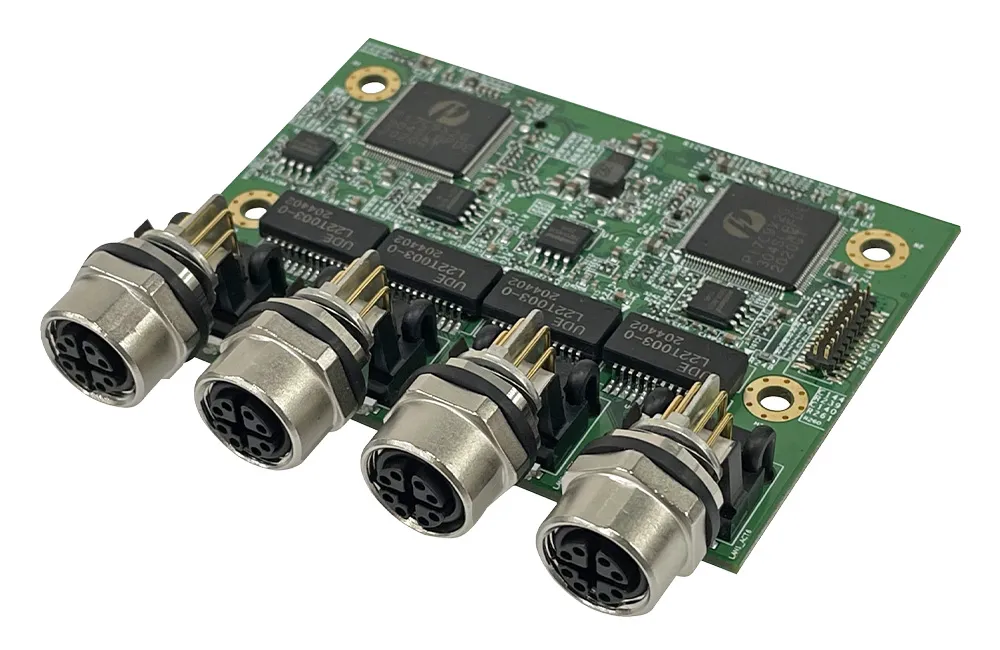Barix, a specialist in IP-based audio transmission, intercom, control and monitoring systems, has launched the Annuncicom 155 IP intercom and announcement device for use on trains and in rail stations and tunnels. It enables systems integrators to set up tailored communication systems ranging from simple door intercom, PA and background music systems to complex monitoring functions and emergency announcements. It is also the first Barix device to meet EN50155 standard requirements for rail vehicle installat
February 3, 2012
Read time: 2 mins
Barix says that the basic principle of an Annuncicom 155 communication system is both elaborate and simple. At least two devices are connected to a standard TCP/IP LAN network to exchange live announcements as well as priority, monitoring and control information for a standalone system. The company's SIP firmware can enable integration into conventional SIP-based telephone systems. Control signals and a serial port allow the connection of a selector switch, buttons or display. This allows for destination selection and control and display of connection status.
The Annuncicom 155 system can operate as a standalone system
or in conjunction with PCs and central IT management in a standard network, enabling low-cost and quick configuration of the communication system while guaranteeing future expansion.








